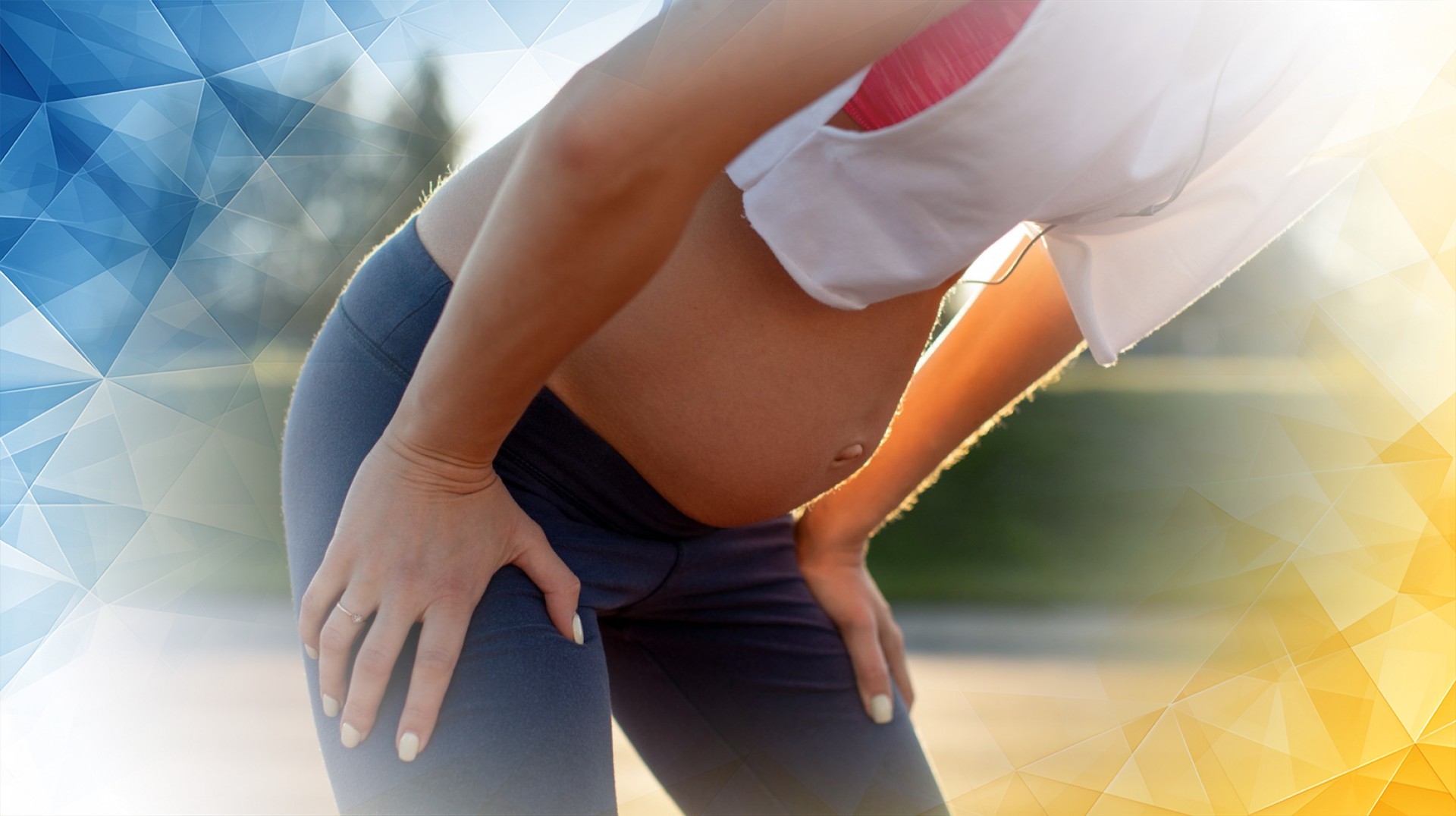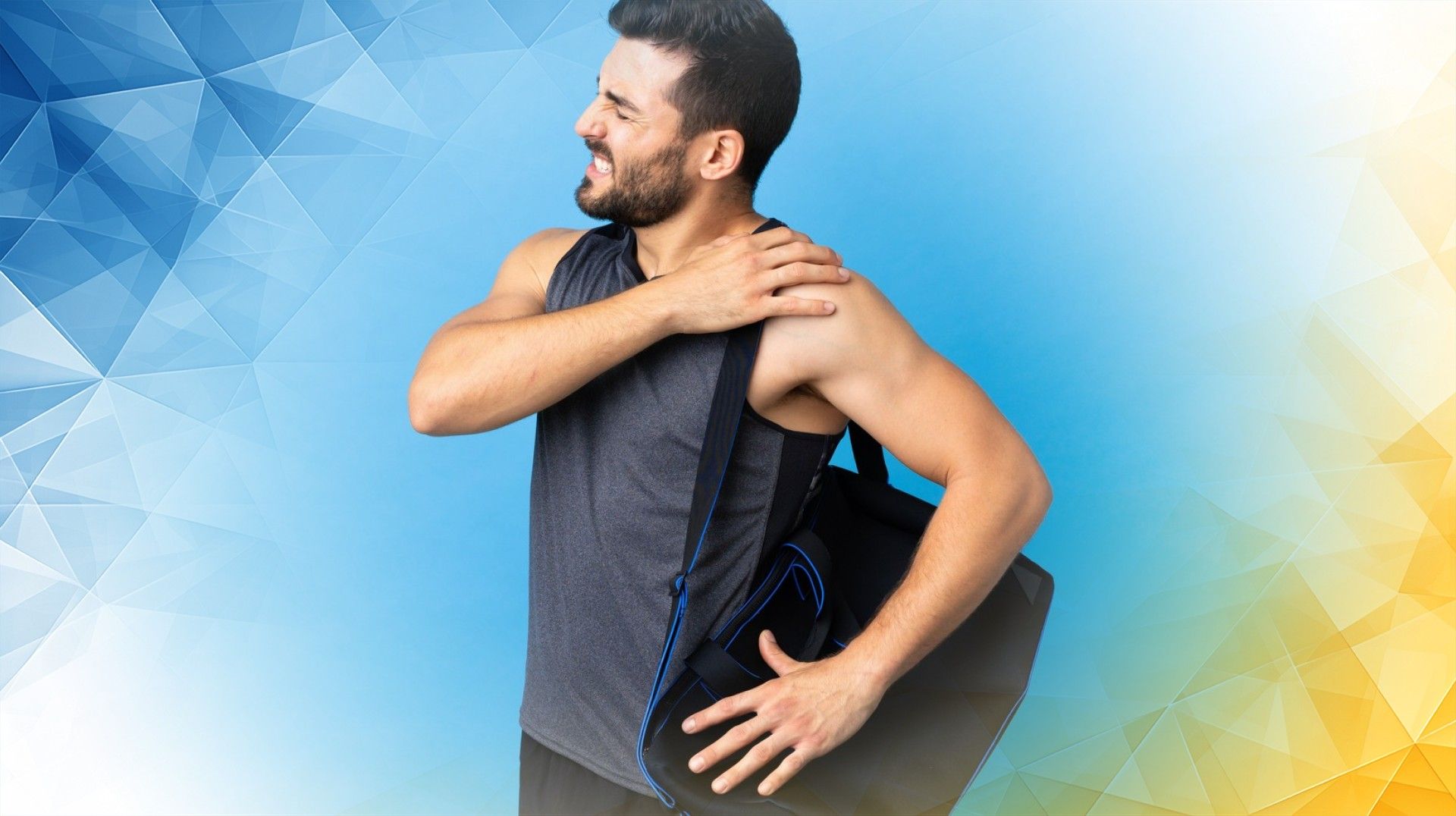



A labrum tear in the shoulder is a relatively common injury affecting a ring of cartilage that hugs the rim of the shoulder socket. This cartilage, called the labrum, is essential for shoulder stability, as it deepens the socket and serves as an anchor for crucial ligaments and tendons. When the labrum is torn, pain, instability, and restricted movement often follow. In this article, we’ll explore how a labrum tear disrupts shoulder mechanics, what this means for rehabilitation, and how the latest research is shaping recovery strategies. We’ll break things down into three main sections: how labrum tears impact shoulder biomechanics, current approaches to rehabilitation, and the broader clinical implications—including what’s on the horizon.
The shoulder joint—more formally called the glenohumeral joint—is one of the most mobile in the body, enabling us to reach, lift, and rotate our arms in almost any direction. This impressive mobility comes at the cost of stability, which is why the labrum is so important. The labrum is a tough yet flexible ring of cartilage that lines the edge of the shoulder socket (glenoid cavity), deepening it and helping keep the arm bone (humerus) secure.
When a labrum tear occurs, this secure fit is compromised. The tear can cause the cartilage to detach or fray, reducing the shoulder’s natural stability. This results in greater looseness (laxity) in the joint, making the bones and surrounding tissues more prone to abnormal movement and uneven pressure. Diagnosing labrum tears often requires imaging techniques like MRI or CT scans that can accurately reveal the extent and location of the damage.
Importantly, not all labrum tear s cause dramatic shoulder instability. They can occur after a traumatic event (such as falling or a forceful impact) and may simply result in ongoing pain or discomfort—even if the shoulder has never fully dislocated (Mortensen & Kalms, 1991).
One well-known variety, the SLAP tear (Superior Labrum from Anterior to Posterior), is particularly problematic because it can disrupt how the shoulder stabilizes itself during movement. A tear can interfere with nerve feedback that helps coordinate muscle action, making it harder for the shoulder to move smoothly and efficiently. As a result, people may experience symptoms such as repeated partial dislocations, pain with overhead activities, and shoulder weakness. Understanding these biomechanical changes is vital in tailoring rehabilitation to restore stability without limiting the natural range of motion.
Research also shows that even complex labral injuries, such as extensive SLAP lesions, can often be treated successfully with minimally invasive arthroscopic surgery (Huang et al., 2013). Arthroscopic studies further reveal significant variability in tear patterns, with many cases affecting the front and lower portions of the labrum and differing in how much the labrum has become detached or healed onto bone (Trung et al., 2017).
Rehabilitation for a labrum tear aims to correct the mechanical problems created by the injury. Many people begin with non-surgical treatments, where physiotherapy is the cornerstone. Therapy focuses on strengthening the muscles that support and stabilize the shoulder—especially the rotator cuff and the muscles that control the shoulder blade (scapula). By improving muscle strength and coordination, therapy helps compensate for the damaged labrum.
It’s important to recognize labrum tear s in patients who don’t improve with standard physiotherapy , as persistent pain and limited motion after intensive rehab may indicate a deeper cartilage problem rather than a routine muscle injury (Mortensen & Kalms, 1991).
Rehabilitation typically includes exercises to enhance proprioception—your body’s sense of joint position—as well as closed kinetic chain exercises, where the hand (or foot) remains in contact with a stable surface. These exercises train the shoulder to stay stable during daily activities or sports. New technologies like biofeedback and electrical stimulation devices are also being used more often to help activate muscles and speed up recovery.
When surgery is needed to repair the labrum, the rehab process becomes more structured and staged: first protecting the repair, then gradually restoring motion, and finally rebuilding strength and endurance. Recent studies emphasize that rehab programs should be highly individualized, accounting for the specific type of tear and the patient’s goals or sports requirements. There is also a growing focus on training the entire upper body and trunk, given how much shoulder function depends on full-body movement and control.
The wide variation in labrum tear patterns means that customization is key. Rehabilitation plans must be adapted for each individual, taking into account both the structural changes and the impact on shoulder stability and function (Trung et al., 2017).
A deep understanding of the biomechanics of labrum tear s helps clinicians make better decisions about when to use physiotherapy versus surgical repair. Tailored rehab that targets the mechanical weaknesses caused by the tear leads to more effective recovery, lower re-injury risk, and faster return to daily life or sports.
Minimally invasive arthroscopic surgery has advanced the care of severe or persistent labral injuries, providing good outcomes even for complex tears (Huang et al., 2013). When traditional rehab alone isn’t enough, these surgical approaches can often resolve pain and instability, supporting quicker and more complete healing (Mortensen & Kalms, 1991).
This evolving knowledge also drives improvements in post- injury care and encourages clinicians to adopt evidence-based, biomechanically-informed approaches to rehab. Looking ahead, exciting areas of research include regenerative medicine (to help the labrum heal itself more effectively) and advanced technologies to make rehab more precise.
Further, by studying the biomechanical and nerve-driven changes associated with labrum tear s, clinicians can start to design better prevention strategies—especially for athletes and people who put frequent strain on their shoulders. Routine clinical use of biomechanical assessment tools could lead to more personalized treatments and better outcomes for everyone.
A torn labrum can seriously disrupt shoulder stability and movement. Fortunately, recent advances in research and clinical practice help us understand these changes and guide the creation of rehabilitation strategies that restore both strength and natural motion. Applying biomechanical principles in everyday care is essential for achieving the best recovery and preventing further injury . With ongoing innovation, the future looks bright for ever more targeted and successful management of labrum tear s, getting patients back to the activities they love.
Mortensen, J. S., & Kalms, S. B. (1991). Glenoid labrum tears in nondislocated shoulders. Scandinavian Journal of Medicine and Science in Sports, 1(3), 189-191. https://doi.org/10.1111/j.1600-0838.1991.tb00294.x
Trung, D. T., Huu, M. N., Trung, T. N., Trung, H. P., & Tu, N. V. (2017). Arthroscopic morphology of labrum tear in recurrent anterior dislocation of shoulder. Journal of Surgery and Surgical Research, 3(2), 057-060. https://doi.org/10.17352/2455-2968.000048
Huang, H., Zheng, X., Li, P., & Shen, H. (2013). Arthroscopic reconstruction of shoulder’s labrum with extensive tears. International Journal of Surgery, 11(9), 876-881. https://doi.org/10.1016/j.ijsu.2013.07.015
Common symptoms include shoulder pain, instability and restricted movement. Diagnosis usually involves advanced imaging such as MRI or CT scans, which accurately reveal damage. London Cartilage Clinic uses the latest diagnostic techniques, ensuring patients receive a prompt and precise assessment from experienced specialists like Prof Lee.
The Clinic provides both non-surgical and surgical treatments tailored to each patient. Initial care often involves physiotherapy, but minimally invasive arthroscopic surgery is available for severe cases. Prof Lee’s expertise assures a customised approach, utilising the most current procedures to maximise recovery and restore shoulder function.
Rehabilitation is tailored to the type of tear and individual goals. The Clinic emphasises strengthening, proprioception, and whole-body training. Prof Lee personally designs each plan, using evidence-based methods and advanced technologies to enhance recovery and prevent recurrence, ensuring patients regain the best possible shoulder function.
Prof Lee is highly experienced in treating complex shoulder injuries and uses the most advanced, minimally invasive treatments. The Clinic prioritises patient-centred care, with a reputation for precise diagnosis, effective personalised rehabilitation, and innovative post-surgery support, ensuring optimal outcomes for every patient.
The London Cartilage Clinic stays at the forefront by pursuing innovations like regenerative medicine and biomechanical assessments. Prof Lee’s commitment to research ensures patients benefit from cutting-edge therapies, more accurate rehab, and continually refined prevention strategies, making future outcomes even brighter for those with shoulder injuries.
All our treatments are selected to help patients achieve the best possible outcomes and return to the quality of life they deserve. Get in touch if you have any questions.
At London Cartilage Clinic, we are constantly staying up-to-date on the latest treatment options for knee injuries and ongoing knee health issues. As a result, our patients have access to the best equipment, techniques, and expertise in the field, whether it’s for cartilage repair, regeneration, or replacement.
For the best in patient care and cartilage knowledge, contact London Cartilage Clinic today.
At London Cartilage Clinic, our team has spent years gaining an in-depth understanding of human biology and the skills necessary to provide a wide range of cartilage treatments. It’s our mission to administer comprehensive care through innovative solutions targeted at key areas, including cartilage injuries. During an initial consultation, one of our medical professionals will establish which path forward is best for you.
Contact us if you have any questions about the various treatment methods on offer.
Legal & Medical Disclaimer
This article is written by an independent contributor and reflects their own views and experience, not necessarily those of londoncartilage.com. It is provided for general information and education only and does not constitute medical advice, diagnosis, or treatment.
Always seek personalised advice from a qualified healthcare professional before making decisions about your health. londoncartilage.com accepts no responsibility for errors, omissions, third-party content, or any loss, damage, or injury arising from reliance on this material. If you believe this article contains inaccurate or infringing content, please contact us at [email protected].